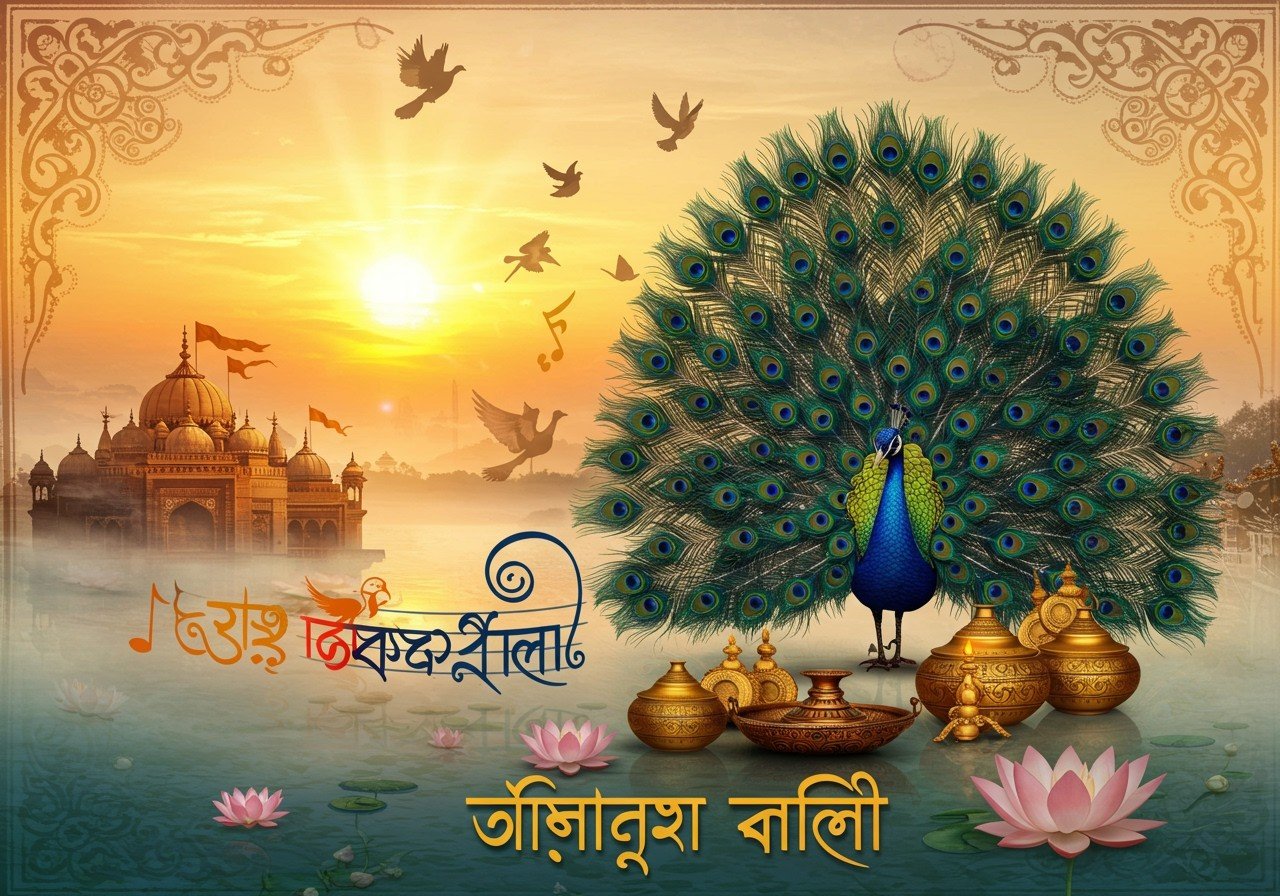
India’s National Anthem, ‘Jana Gana Mana,’ evokes pride and unity. Yet, the inclusion of “Sindh” often sparks curiosity. This exploration delves into the historical, cultural, and political reasons behind its presence, revealing the deep ties between Sindh and India.
Historical Context
Penned by Rabindranath Tagore in 1911 during British rule, “Jana Gana Mana” reflects the undivided Indian subcontinent, where Sindh held a prominent position. Sindh’s contribution to India’s independence movement, both politically and culturally, is undeniable. Its inclusion underscores its significance in that era.
Cultural Significance
Sindh and India share a rich cultural tapestry, woven with linguistic connections and vibrant exchanges. Sindhi music, dance, and literature have profoundly influenced Indian culture, enriched further by notable Sindhi personalities.
Poojn.in, a treasure trove of Indian cultural goods, offers a wide selection of products that reflect this shared heritage. Explore traditional sindoor, a symbol of matrimony deeply rooted in Sindhi and Indian cultures. Discover more at Poojn.in.
Geographical and Demographic Importance
Sindh’s strategic location along the Indus River established it as a vital trade and cultural hub. Its diverse population, encompassing various communities, shaped its unique history, reflected in the anthem’s inclusion of Sindh.
Partition and Its Impact
The 1947 Partition profoundly impacted Sindh, leading to its incorporation into Pakistan and the subsequent migration of Sindhi Hindus to India. Despite this separation, “Sindh” in the anthem symbolizes the shared history and enduring emotional bonds.
Debate and Controversies
The continued inclusion of “Sindh” post-Partition sparks ongoing debates. Arguments for its removal clash with those advocating for its retention to honor historical significance. Historians, cultural scholars, and political leaders offer diverse perspectives. As per the information available as of November 2024, the word “Sindh” remains in the anthem, signifying India’s historical and cultural inclusiveness.
Conclusion: Embracing Heritage and Unity
“Sindh” in ‘Jana Gana Mana’ transcends a mere historical reference. It embodies the profound connections and shared heritage between Sindh and India. Despite the Partition, it serves as a powerful reminder of the unity and rich cultural diversity that defines India. Understanding this connection allows us to appreciate the anthem’s true significance and the enduring bonds that unite us.
FAQs on Sindh and India’s National Anthem
Why is Sindh mentioned? Sindh’s inclusion reflects its integral part in undivided India when Tagore composed the anthem, representing the nation’s unity and diversity before Partition. Poojn.in offers a wide range of products that reflect this rich cultural heritage. Explore traditional attire, handcrafted items, and religious artifacts at Poojn.in.
What does Sindh represent? It symbolizes the historical and cultural significance of the region as part of India before 1947. Enhance your understanding of these traditions with authentic puja items and cultural goods available at Poojn.in.
Is Sindh still considered part of India in the anthem? No, Sindh is now a province of Pakistan. However, its presence in the anthem acknowledges the shared past and cultural heritage. Celebrate this heritage with traditional Sindoor and other cultural products available at Poojn.in.
Why wasn’t it changed after Partition? The anthem remained unchanged to preserve its historical context and honor Tagore’s original composition. Discover a wide array of products that connect you to this rich heritage at Poojn.in.
Does it affect the meaning today? No, it continues to symbolize India’s unity and diversity, including its historical roots. Explore traditional clothing, handcrafted jewelry, and other cultural items at Poojn.in.
Is it Sindh or Sindhu? “Sindh” is the correct term, referring to the historical region of undivided India. Deepen your connection to this heritage with authentic puja items available at Poojn.in.
What is Sindh’s importance in the anthem’s context? Its inclusion signifies India’s historical and cultural unity before Partition, serving as a reminder of shared heritage. Poojn.in offers a unique collection of cultural goods that reflect this heritage. Visit Poojn.in to explore our collection.
Did Tagore include Sindh intentionally? Yes, to represent the diverse regions of undivided India, showcasing unity in diversity. Celebrate this diversity with a range of cultural products available at Poojn.in.


